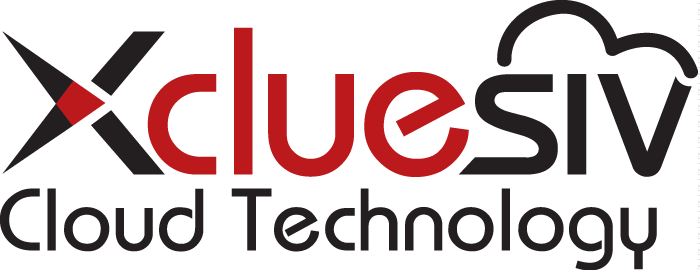Bob Violino| Information-management
What will happen in cloud computing in 2013? Henrik Rosendahl, senior vice president of cloud solutions at Quantum – a maker of data management, backup and recovery products – recently weighed in with some thoughts on a number of trends to watch. Based on what the company is hearing from customers, IT managers should be thinking about the following cloud “hot spots” as they plan for the coming year:
Backup to the public cloud as an extension of virtual infrastructures. Enterprises have been looking at private cloud solutions as an extension of their virtual infrastructures, where a VMware environment works in concert with a local backup solution, Rosendahl says. But how do you back up your data when it’s sitting in the public cloud, where you aren’t in control of it any more? Addressing this challenge will become more urgent this year, he says, as emerging solutions gain traction.
Cloud subscription models. Cloud continues to generate hype and attention, for both consumers and enterprises, Rosendahl says. “Most enterprises are still in the early adopter phase, but we’ll begin seeing more customers who are prepared to discuss their experiences with [the] cloud,” he says. The cloud subscription model is enabling a “pay as you grow” approach to adding backup/archive resources that allows companies to pay only for the capacity they need, when they need it. “We’ll soon have more data points to judge how the promise of this approach is playing out for a range of industries,” he says.
Cloud-based disaster-recovery-as-a-service. Leveraging offsite resources, such as the public cloud storage for backup and DR, is proving increasingly viable as a best practice for a wider range of companies, Rosendahl says. “This area is gaining traction as enterprises and SMBs look for cost-effective ways to implement a DR strategy,” he says.
Integrating de-duplication and cloud data protection. Deduplicating data before it is sent to a cloud storage service will increasingly be viewed as an integral component for cost-effective cloud-based backup, Rosendahl says. The services that aren’t specifically designed to optimize this capability will find it harder to compete, he says.













